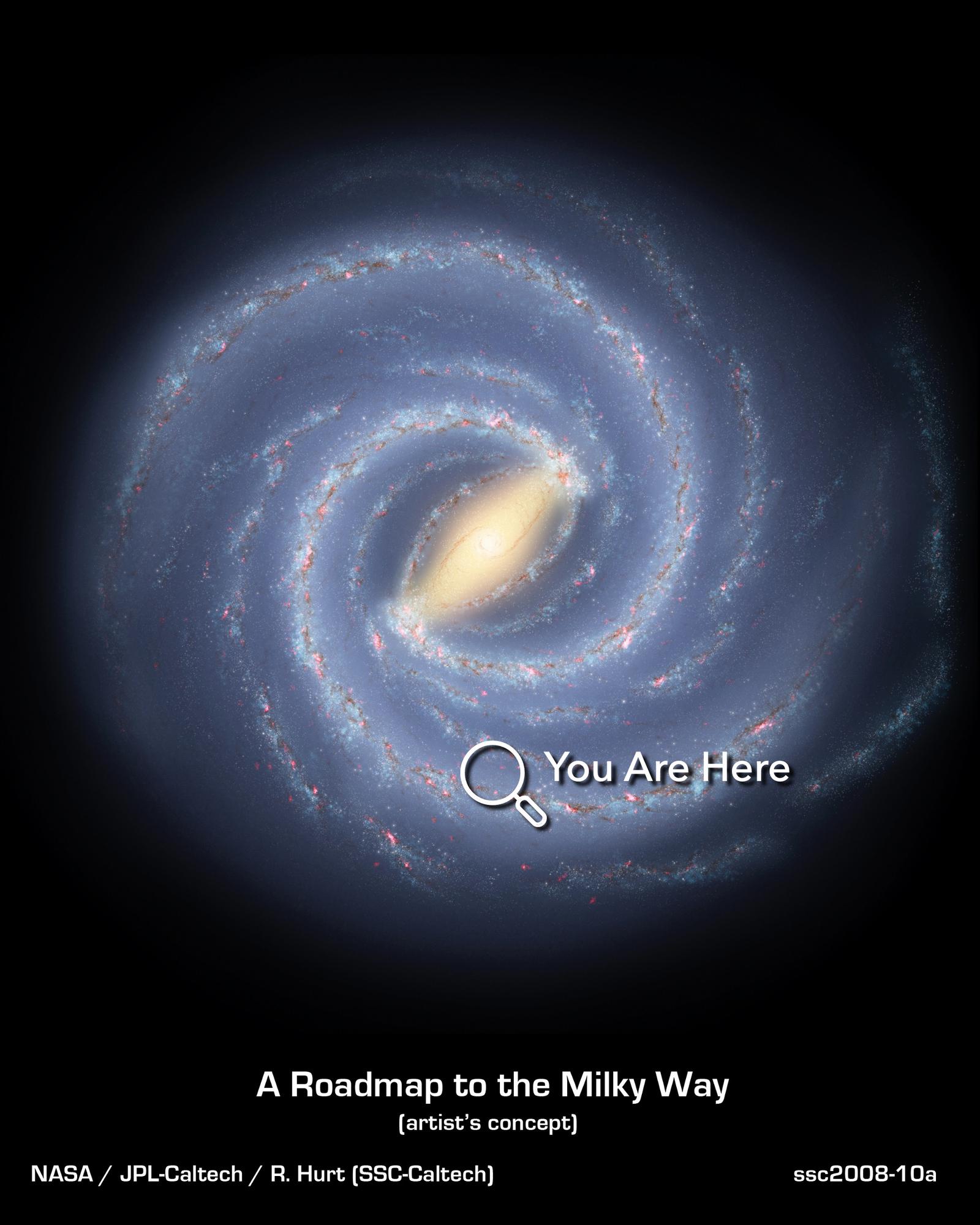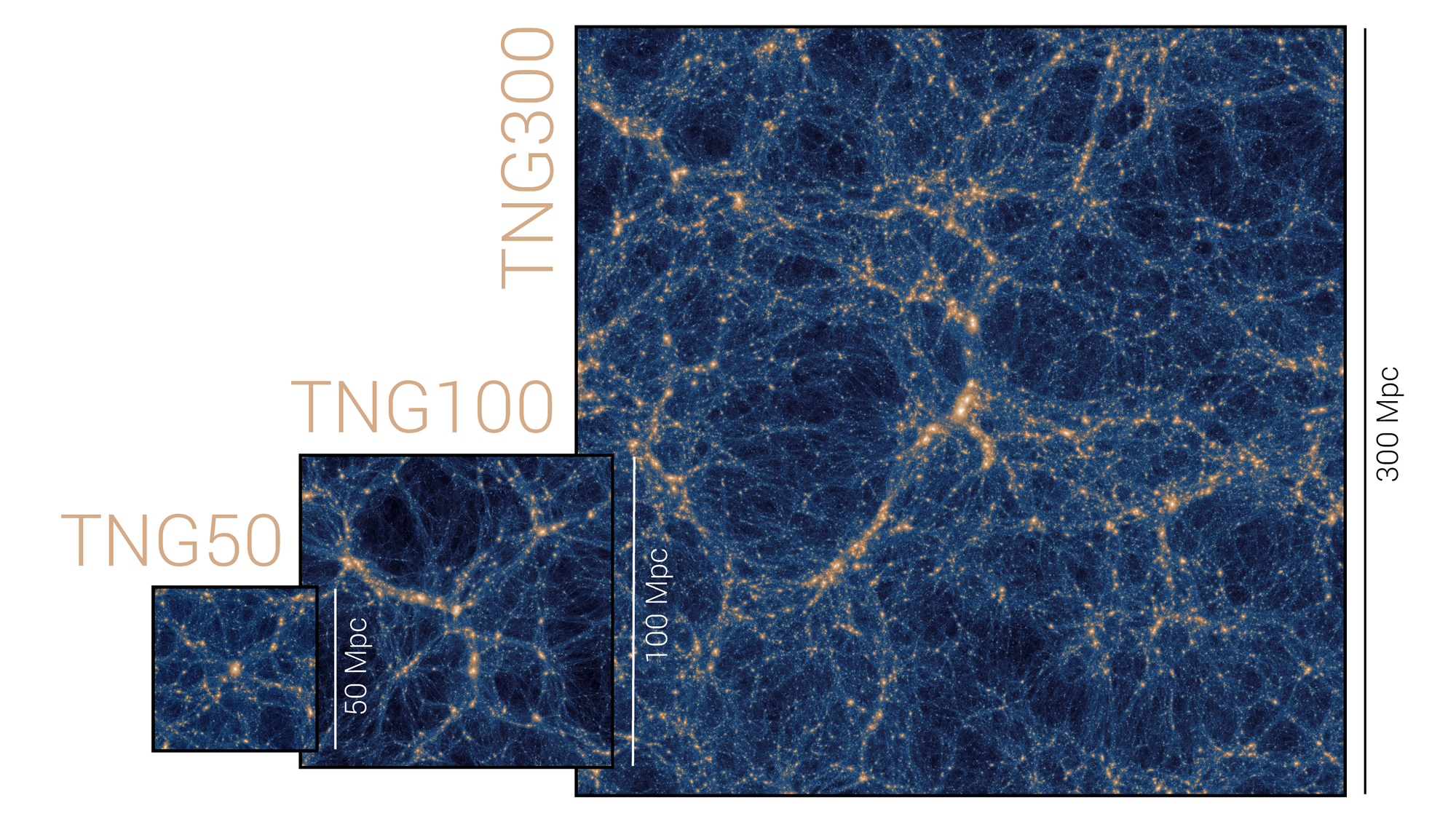 Simulation run708main pynbody render (X,Z) projection. A Boxy/Peanut Bulge is seen in the centre similar to the Milky Way.
Simulation run708main pynbody render (X,Z) projection. A Boxy/Peanut Bulge is seen in the centre similar to the Milky Way.
Galaxy dynamics is a branch of astrophysics that studies the movements and interactions of stars, gas, dust, and dark matter within a galaxy. Galaxies are held together by gravitational forces. These forces cause the material within a galaxy to move in complex ways, resulting in the spiral and elliptical structures and shapes that we see in the night sky.
Galaxy dynamics can help us understand how galaxies form and evolve over time. The study of galaxy dynamics provides important insights into the history and evolution of the universe. It helps us better understand the incredible diversity of galaxies we see in the night sky and how they came to be the way they are. One of the most fundamental questions we can ask is how we got here. How our own galaxy, the Milky Way, came to look the way it does now, and what is our place in it?

My research focuses on the evolution of the central structures of disc galaxies, such as bars, nuclear discs, and bulges in galaxies similar to the Milky Way. We are particularly interested in the slow internal (secular) processes that dominate large-scale changes over the billions of years following the initial turbulent formation period.
My first paper explored the motions of differently aged stars in the bulge of the Milky Way using a simulation of a barred galaxy. We were able to qualitatively reproduce trends in observed kinematics measured by the Hubble Space Telescope (HST) with our model. We also provided predictions for further fields of interest with HST and bulge-wide predictions for the Vera Ruben Observatory/LSST.
My current research has made use of the TNG50 run of the IllustrisTNG cosmological simulation. The large volume size produces a statistical sample of barred galaxies at resolutions that allow for secular evolution to be captured. We have been exploring general trends in bar and bulge evolution including the importance of galactic properties for determining the final morphology of a barred galaxy.
